NITRA, SLOVAKIA—The Slovak Spectator reports that scientists have detected the Hepatitis B virus in the remains of a fourth-century Germanic prince whose tomb was discovered in northern Slovakia in 2005. The prince was buried in a wooden sarcophagus placed in an underground chamber made of logs. Although the burial was looted in antiquity, the remains—in addition to the wood, leather, and textile artifacts—were preserved by the tomb’s microclimate. Karol Pieta of the Slovak Academy of Sciences said analysis of the remains suggests the man died around the age of 20, probably of Hepatitis B. The testing also indicates he grew up near the Tatras Mountains, where he was buried. But Pieta said the young man spent a significant part of his life in the Mediterranean region. “We know it thanks to isotope analysis that revealed his eating habits, and those are Mediterranean,” he said. “It is possible that he was part of an imperial Roman court or served in the Roman army as a prominent officer.” To read about how scientists discovered the pathogen responsible for a 1545 epidemic in Mexico, go to "Conquistador Contagion."
Hepatitis B Virus Detected in Ancient Remains
News September 4, 2019
Recommended Articles
Digs & Discoveries May/June 2021
Swan Songs
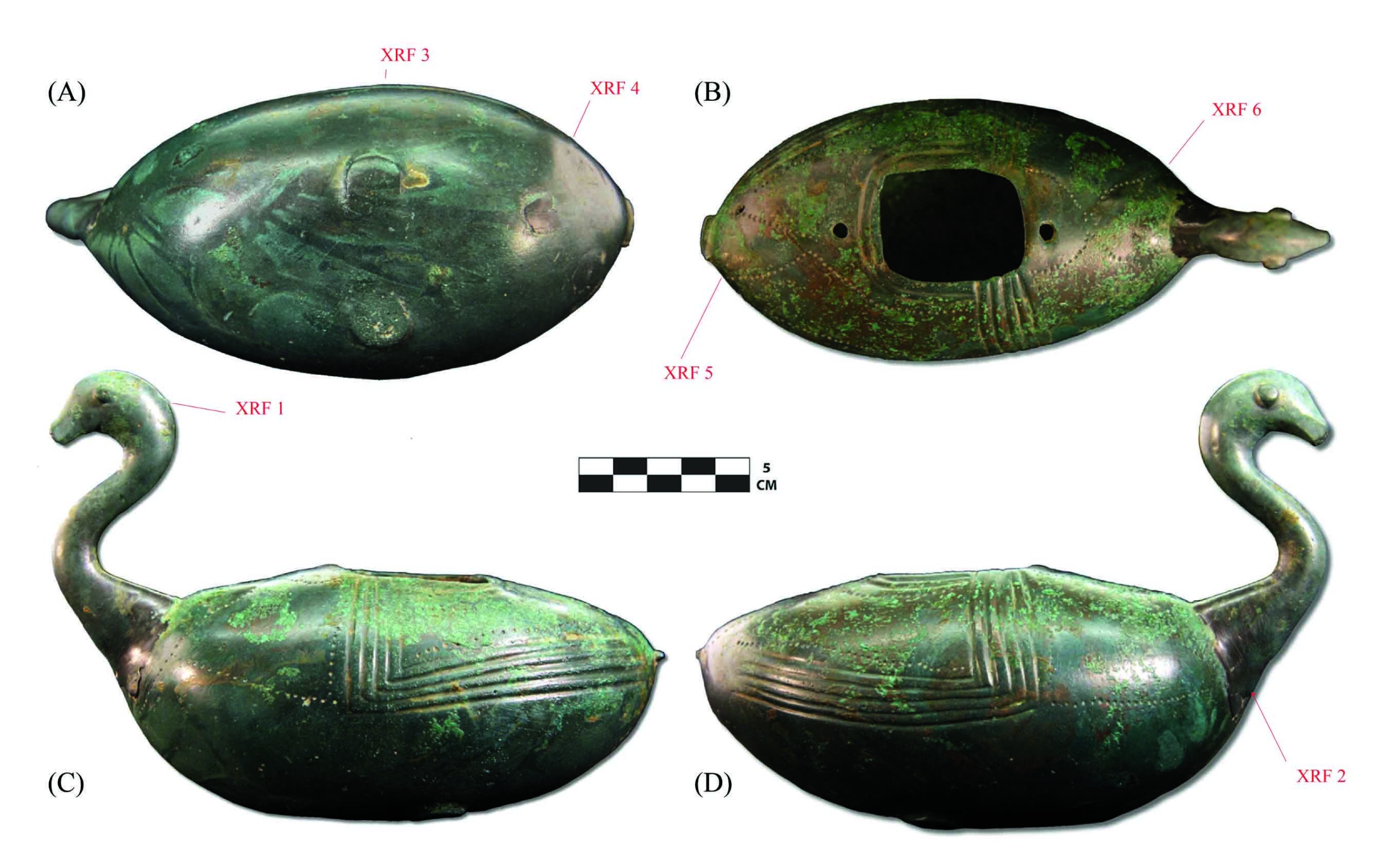
Artifacts July/August 2025
Maya Ceramic Figurine

Off the Grid July/August 2025
Vichama, Peru

Digs & Discoveries July/August 2025
Bound for Heaven

-
Features July/August 2019
Place of the Loyal Samurai
On the beaches and in the caves of a small Micronesian island, archaeologists have identified evocative evidence of one of WWII’s most brutal battles
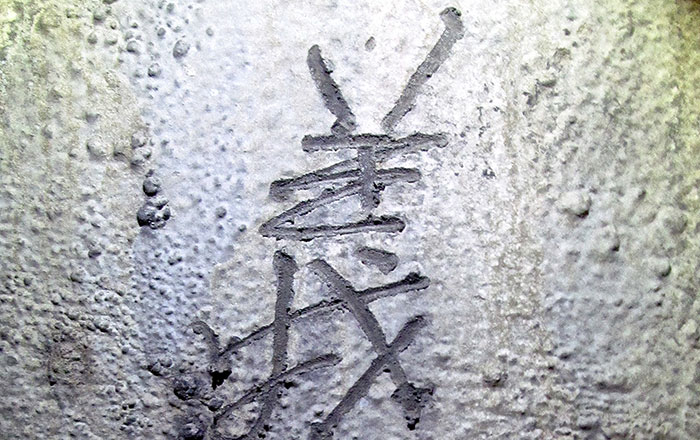 (Courtesy Neil Price)
(Courtesy Neil Price) -
Letter from England July/August 2019
Building a Road Through History
6,000 years of life on the Cambridgeshire landscape has been revealed by a massive infrastructure project
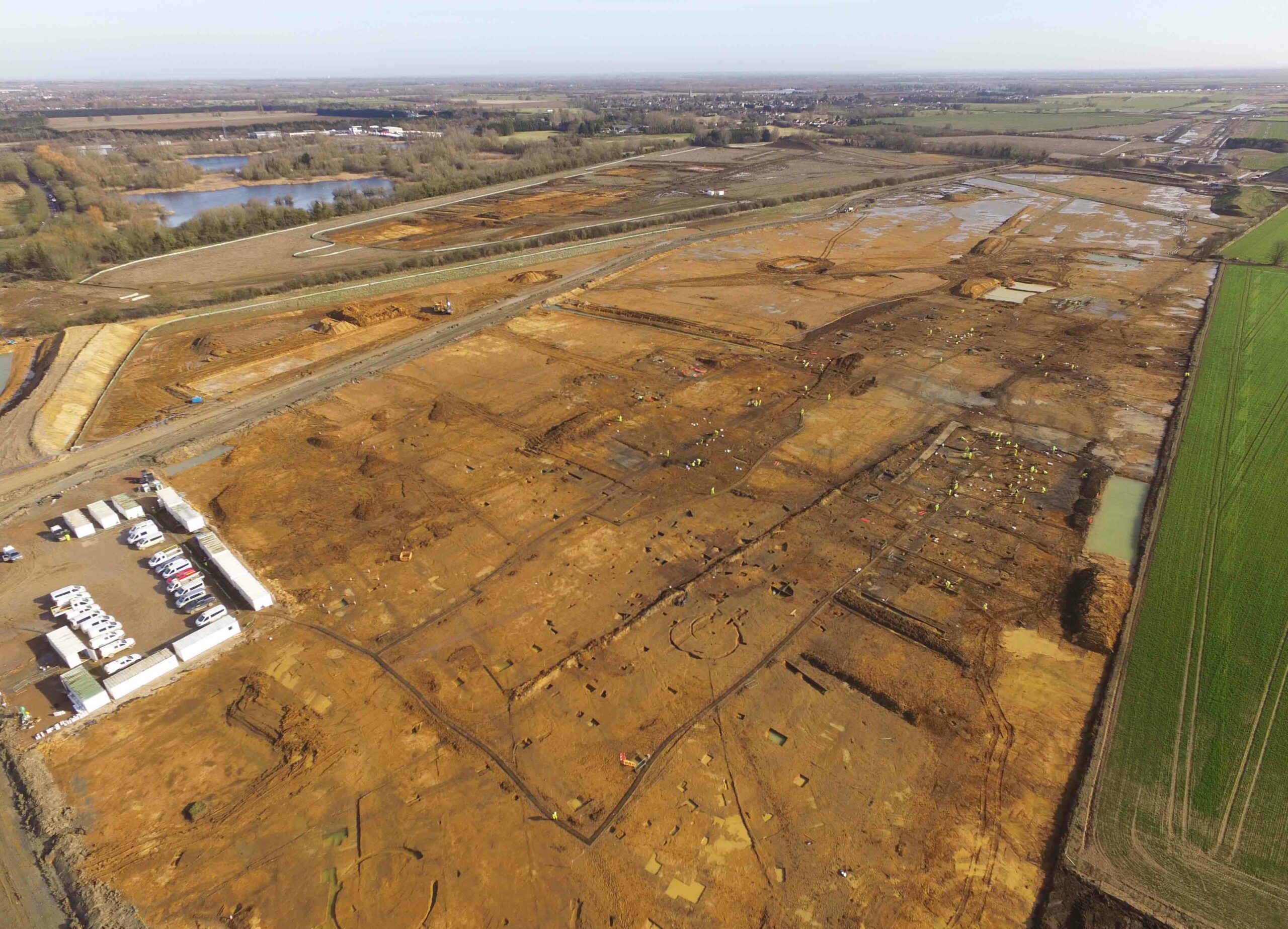 (Highways England, courtesy of MOLA Headland Infrastructure)
(Highways England, courtesy of MOLA Headland Infrastructure) -
Artifacts July/August 2019
Bronze Age Beads
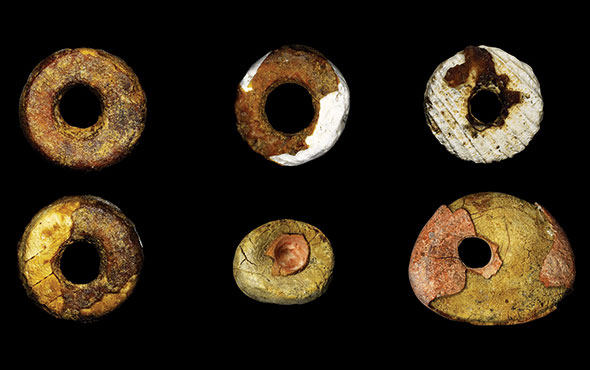 (Courtesy Carlos Odriozola)
(Courtesy Carlos Odriozola) -
Digs & Discoveries July/August 2019
You Say What You Eat
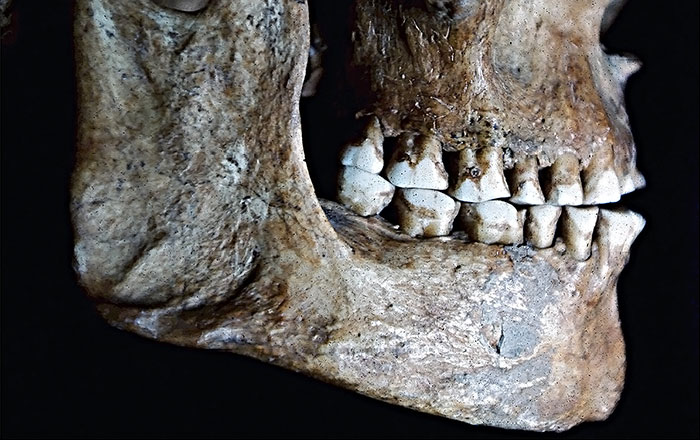 (Courtesy David Frayer, University of Kansas)
(Courtesy David Frayer, University of Kansas)


